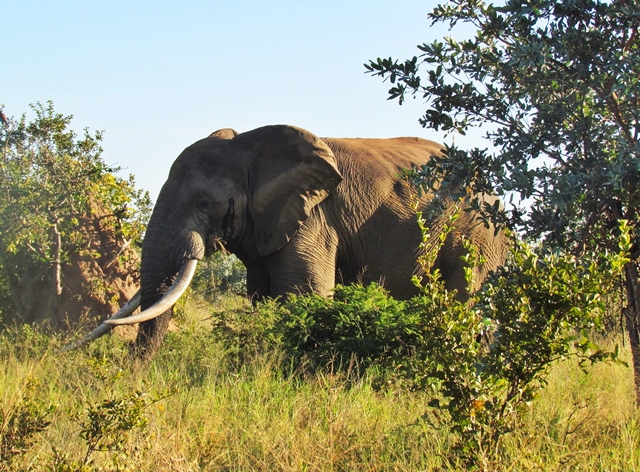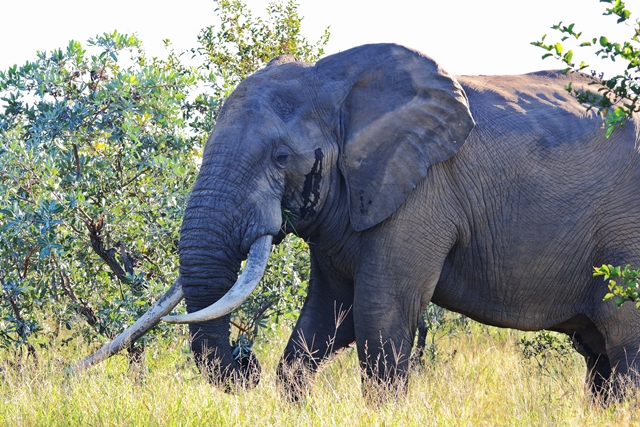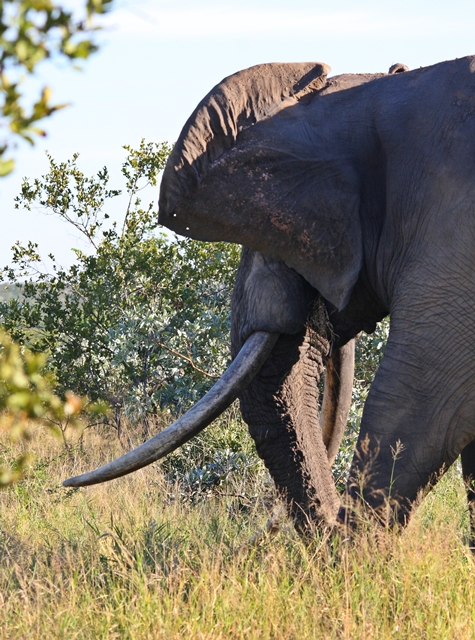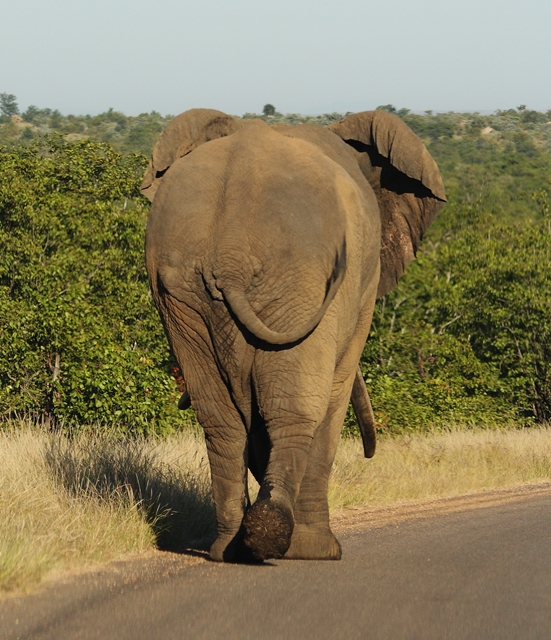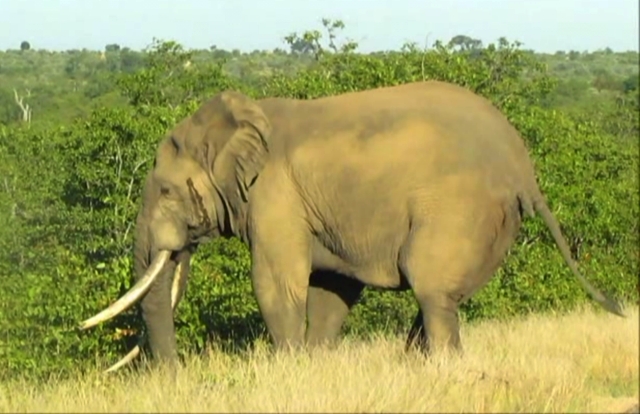@ ALL
How to ID a Tusker ? Just some of you have this question in mind



I just added a new potential tusker to the new section on the tusker site.
Because of the very good quality of the pictures. I like to show you how you can ID a tusker by presenting two different pictures of the same potential tusker. One made in december 2012 (Richard Brett) and the other in january 2014 (Willie Knoetze)
- december 2012
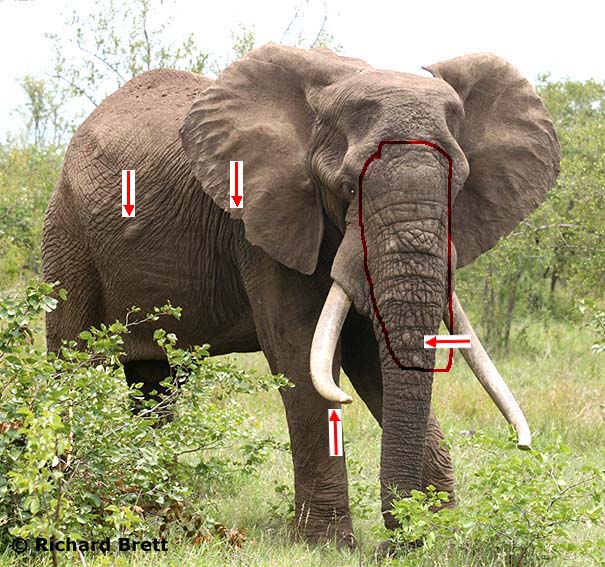
- january 2014
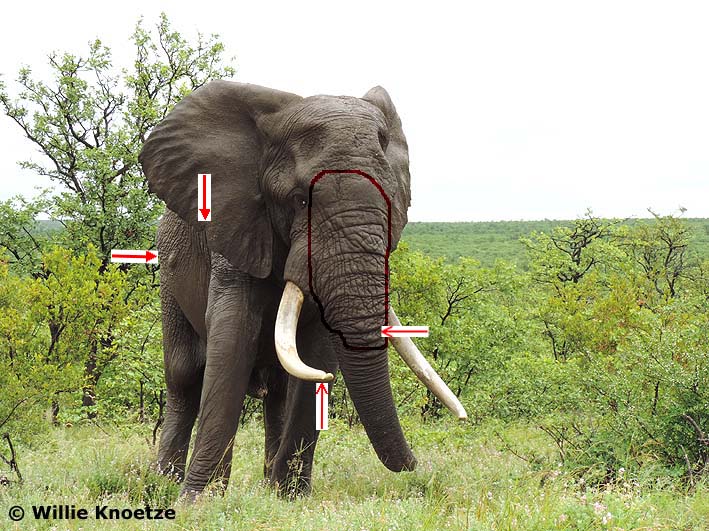
Depending on the available pictures I could conclude this is the same potential tusker by the following ID arguments
Identification:
1 - Notch in right ear, but also the ear folds
2 - Grass notch on right tusk
Grass notches will devellop in time and can be one of the reasons the tip of the tusk can break
Here too you can how it devellops in time , looking at Richard Bretts picture (december 2012 and Wille Knoetze's picure (january 2014)
3 - Trunk marks and bumps on trunk
Bumps can disappear over time or getting smaller, like you can see at the picture by Wille Knoetze (about 2 years later)
The trunk marks are also like a fingerprint of a bull. the combination of lines and folds and sometimes bumps make the trunk unique
4 - Bump(s) at body (right side)
Bumps can be caused by fights or other kind of injuries. They can almost disappear in time but it's also possible they will be visible for many years
Please understand that it is not always this easy. Pictures can be made from different angles, at different distances, different light and the tusker can just keep his ears close to his body and / or moving his trunk in different positions.
You can understand that getting larger format pictures are often required to detect smaller holes or notches in the ear or yes / no making a grass notch visible.
So... if you meet a tusker try to get pictures from different angles and disances (using zoom), ear and tusk details can be very helpfull.
This ID lesson is for free unless I meet you in kruger , then a beer will be ok



